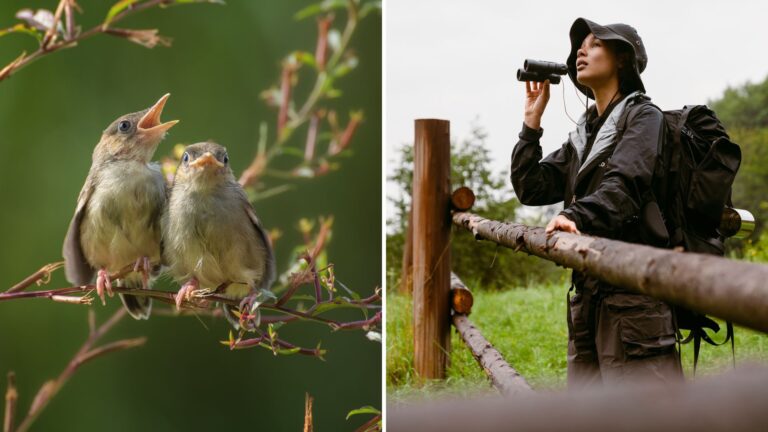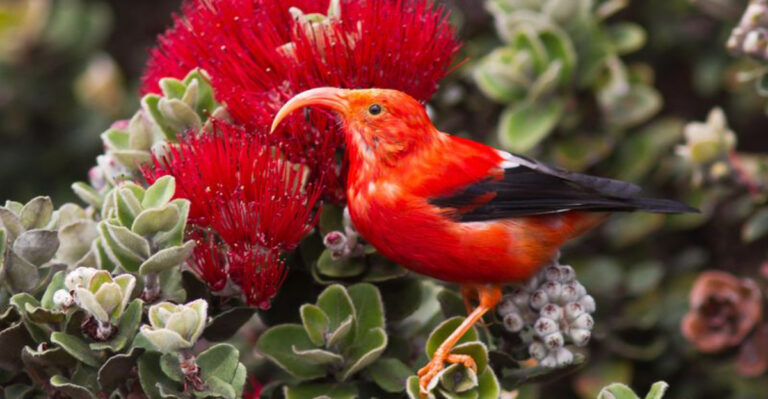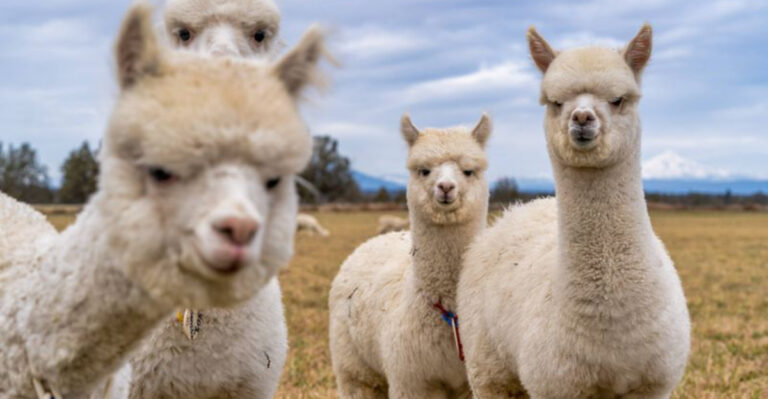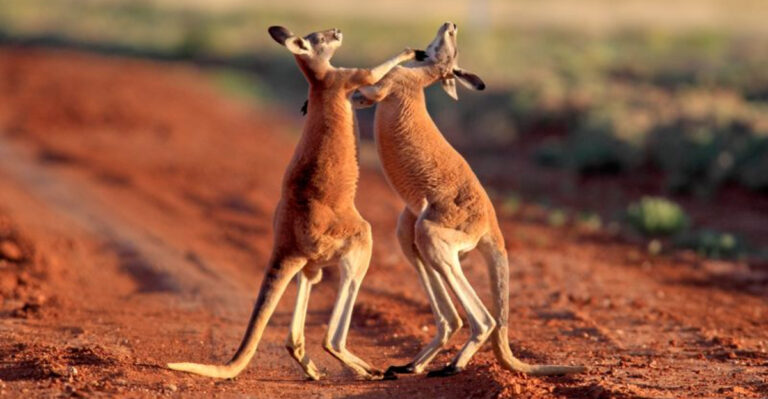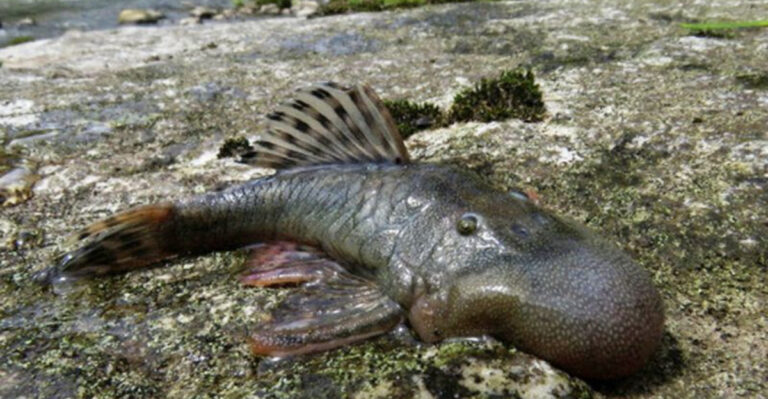This Wild Cat Looks Like An Otter And Has 13 Ways Of ‘Talking’
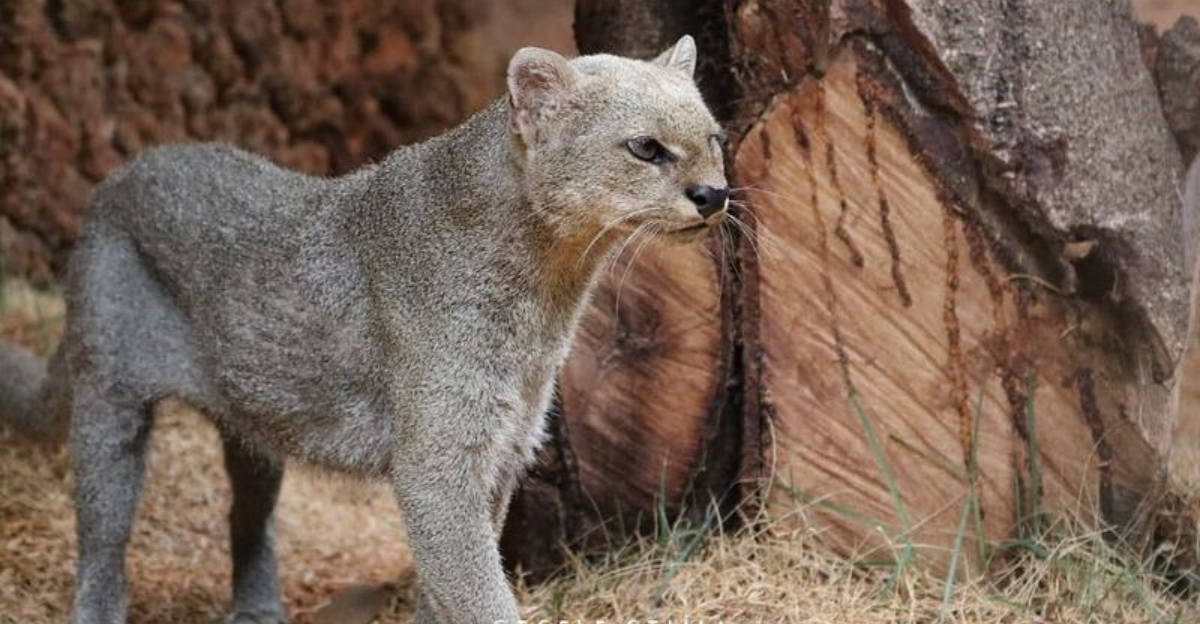
Step into the captivating world of the jaguarundi, a mysterious feline that challenges everything you thought you knew about wild cats. Picture this: a creature that resembles more of an otter or a weasel than its feline cousins, yet is as much a cat as a lion or tiger.
These sleek and enigmatic creatures are a treasure trove of surprises, from their unique appearance to their complex vocal repertoire.
Get ready for an exhilarating adventure into the lives of these fascinating cats as we explore eleven intriguing facts that set the jaguarundi apart from the rest of the animal kingdom.
1. Otter-like Appearance
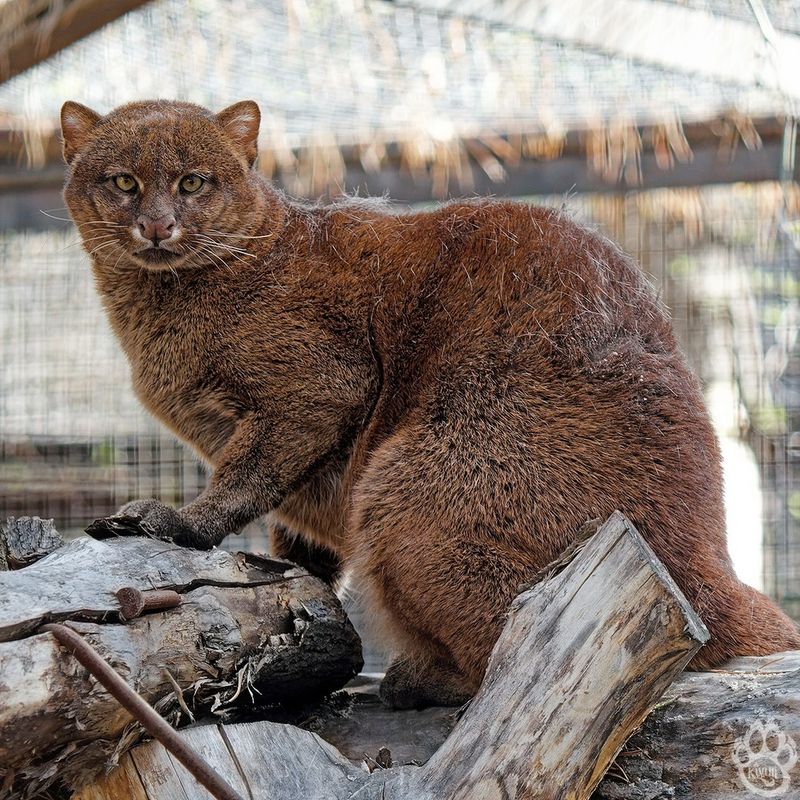
The jaguarundi is a wild cat with a twist, sporting an appearance that might make you do a double-take. Unlike its feline relatives, this intriguing creature bears a striking resemblance to an otter. With a sleek, elongated body and a long, bushy tail, it’s easy to mistake this cat for a member of the mustelid family.
But make no mistake, the jaguarundi is as much a cat as a lion or a tiger. Its coat ranges from a rich chestnut to a deep, smoky gray, often shimmering with subtle hints of silver in the sunlight.
Beyond its unusual build, the jaguarundi’s face tells a different story. With small, rounded ears and a pointed snout, it exudes an air of mystery and charisma. This unusual combination of features allows it to glide through its natural habitat with unparalleled grace and agility. It’s as if nature decided to create a mashup of the feline and mustelid worlds, resulting in a creature as captivating as it is confounding.
In the dense forests and swamps it calls home, the jaguarundi’s unique appearance provides a clever camouflage, blending seamlessly into the shadows and foliage as it prowls in search of prey.
2. A Symphony Of Sounds
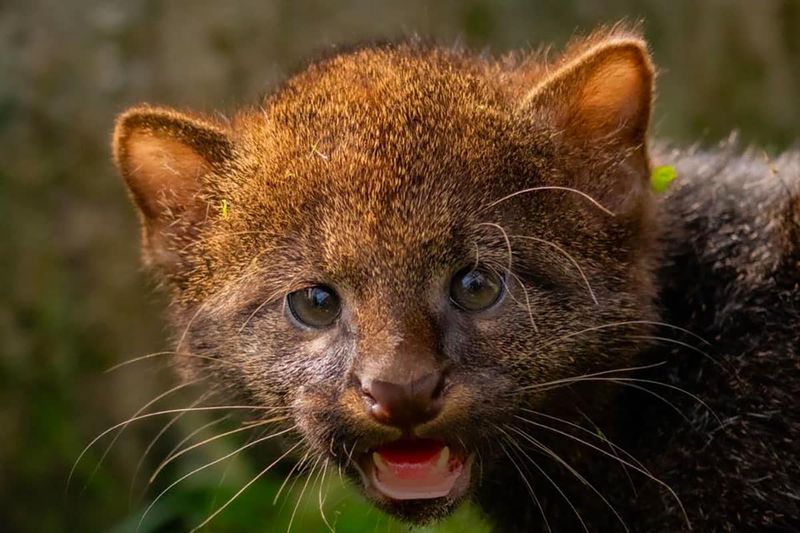
Prepare to be amazed by the jaguarundi’s impressive vocal abilities. This feline is a master of communication, boasting a repertoire of at least 13 different vocalizations.
From high-pitched whistles to low growls and everything in between, the jaguarundi knows how to make its presence known. It’s an orchestra of sounds that can convey joy, warning, or even a simple call for companionship.
Imagine wandering through the jungle and hearing a symphony of chirps, purrs, and trills. That’s the jaguarundi, orchestrating a unique melody that resonates through the treetops and underbrush. Each sound serves a purpose, whether it’s to ward off potential threats or to bond with others of its kind.
The vocal prowess of the jaguarundi is not just for show; it’s a vital tool for survival. In the dense, chaotic world of the forest, clear communication can mean the difference between life and death. So, next time you find yourself in a jaguarundi’s territory, listen closely. You might just catch a snippet of its mysterious, melodious language.
3. Masters Of Stealth
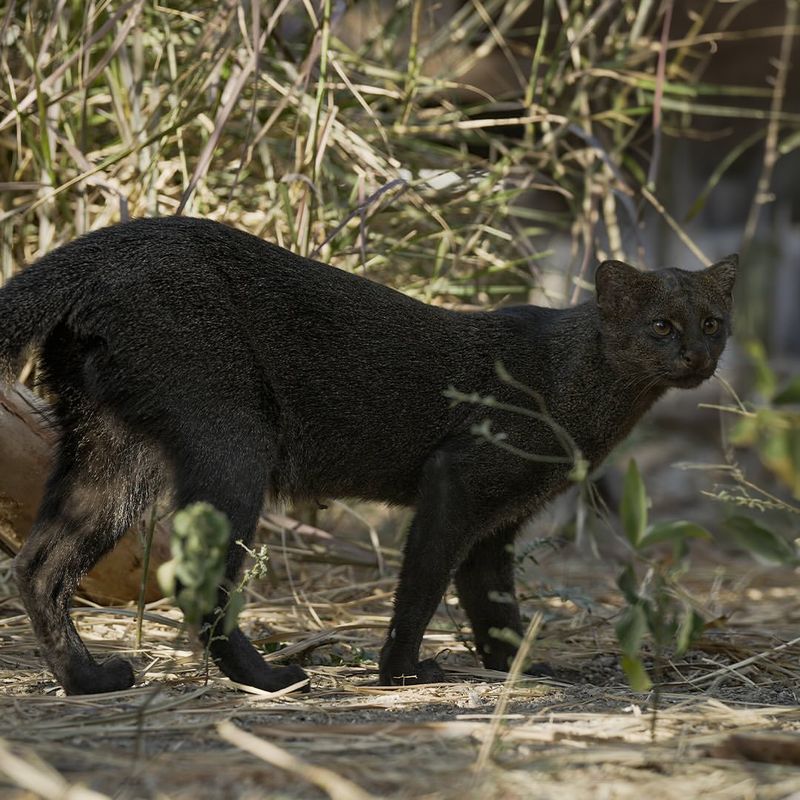
In the wild, the ability to move unseen is a priceless asset, and the jaguarundi is a true master of stealth. With its sleek build and muted colors, this feline slips silently through the dense vegetation of its tropical habitat. Its movements are deliberate and fluid, each step carefully calculated to avoid detection.
The jaguarundi’s expert camouflage plays a crucial role in its hunting strategy. By blending seamlessly into the foliage, it can get closer to its prey without raising alarm. When the moment is right, it strikes with swift precision, ensuring a successful hunt.
This stealthy nature also protects the jaguarundi from potential predators. By remaining inconspicuous, it reduces the chances of becoming a target itself. This dual use of stealth, for both offense and defense, makes the jaguarundi a formidable survivor in the wild. Its quiet grace is a reminder of the delicate balance of predator and prey that governs the natural world.
4. Diverse Diet
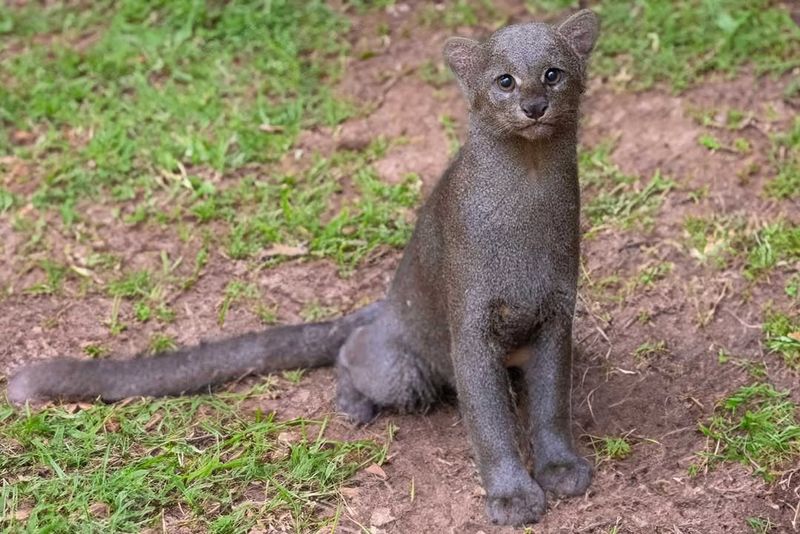
The jaguarundi is not a picky eater, displaying a remarkable range in its diet. This adaptable feline hunts and feeds on a variety of prey, from birds to small mammals, and even reptiles. Its diverse menu allows it to thrive in a range of environments, taking advantage of whatever food sources are available.
One might witness the jaguarundi stalking a flock of birds, using its agility to leap and catch its airborne prey. On other occasions, it might use its sharp senses to track down small mammals, employing a combination of patience and speed to secure its meal.
This dietary flexibility is a testament to the jaguarundi’s survival skills. By not relying on a single food source, it ensures a steady supply of nutrition, regardless of changes in its environment. This adaptability not only supports the jaguarundi’s thriving existence but also highlights its role as a versatile predator in the ecosystem.
5. Habitat Range
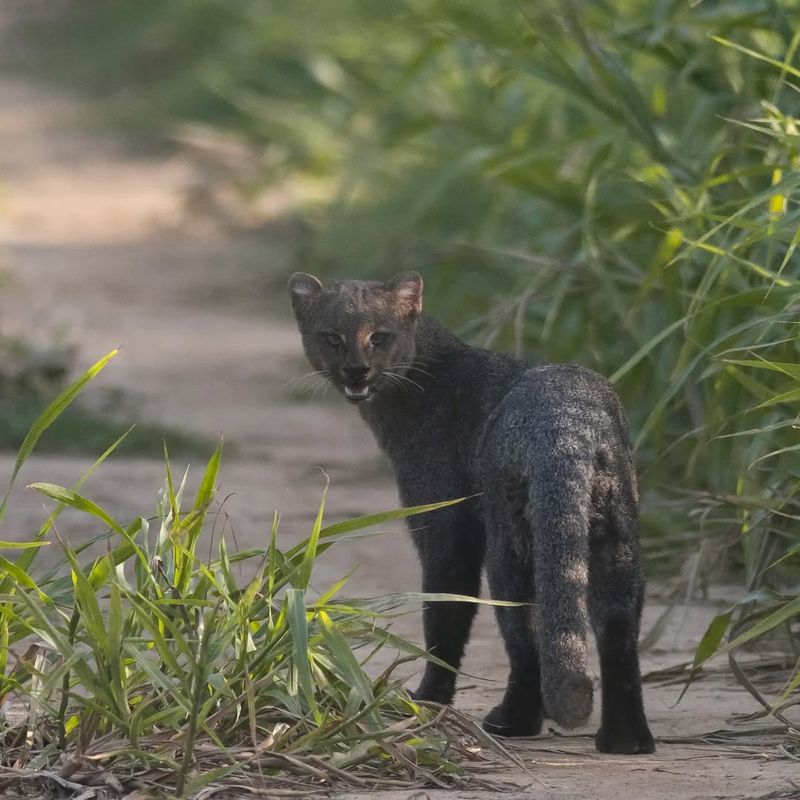
The jaguarundi boasts a vast habitat range, stretching from the southern United States all the way down to the tip of South America. This wide distribution is a testament to its adaptability and resilience. From tropical rainforests to dry scrublands, the jaguarundi can make its home in a variety of environments.
In each locale, the jaguarundi exhibits behaviors and adaptations that suit the specific conditions. In dense forests, it uses the thick underbrush for cover and hunting. In more arid areas, it exploits its stealth to navigate and hunt in open landscapes.
This extensive range not only showcases the jaguarundi’s versatility but also its importance in various ecosystems. As both predator and prey, it plays a critical role in maintaining the ecological balance across continents. Witnessing the jaguarundi thrive in such diverse settings is a testament to the wonders of evolution and adaptation.
6. Social Solitude
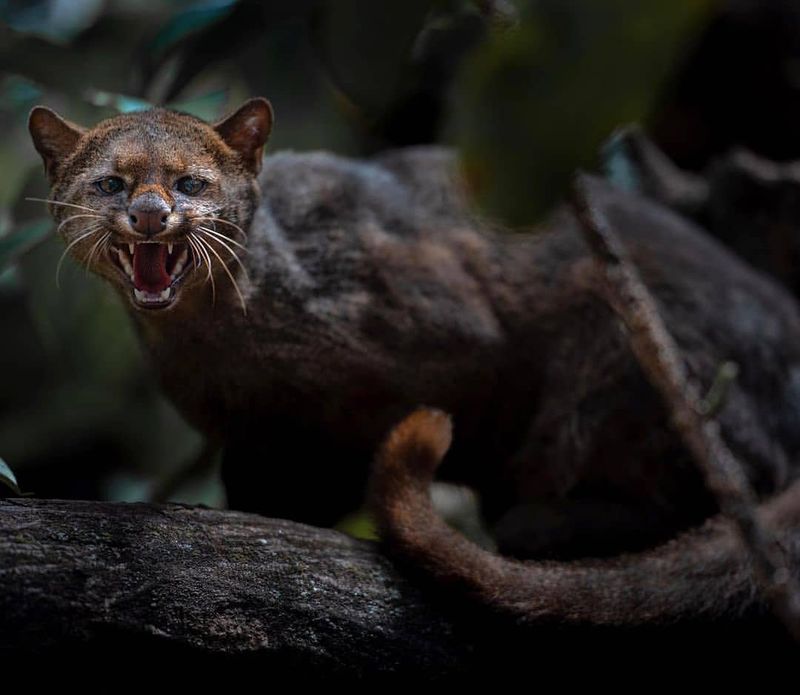
While some felines are social butterflies, the jaguarundi prefers a life of solitude. These cats are often seen alone, each one carving out its own territory amidst the vast wilderness. This solitary existence allows the jaguarundi to focus on survival, honing its skills as a hunter and navigator.
However, solitude doesn’t mean silence. The jaguarundi is known to communicate with its kin through its extensive range of vocalizations. Even in isolation, it’s never truly disconnected from the social tapestry of the wild.
This solitary lifestyle is not without its benefits. By avoiding large groups, the jaguarundi reduces competition for resources, ensuring it has ample access to food and shelter. This balance of solitude and social interaction exemplifies the jaguarundi’s unique approach to survival, blending independence with a touch of community.
7. Daytime Activity
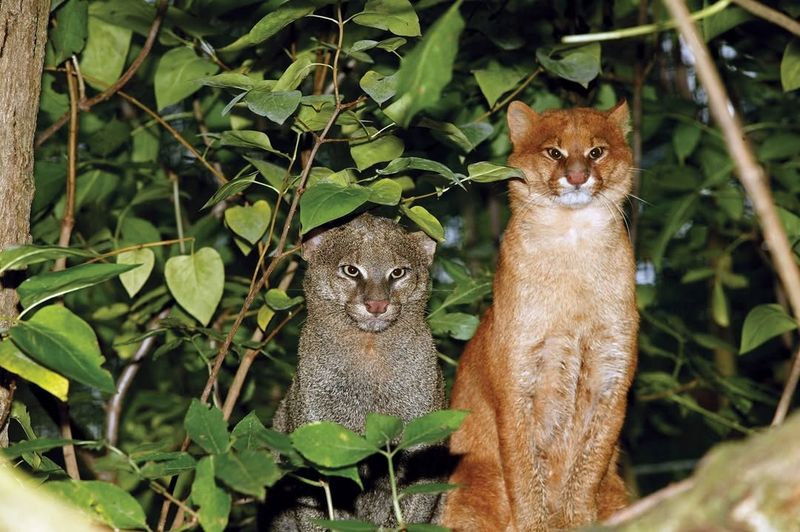
Unlike many of its nocturnal feline relatives, the jaguarundi is a creature of the day. This diurnal lifestyle sets it apart, as it prowls the forest floor in search of food under the sun’s watchful eye. This daytime activity not only influences its hunting strategies but also its interactions with other wildlife.
The jaguarundi’s choice to hunt during daylight hours allows it to exploit opportunities that its nighttime counterparts might miss. The bright light aids its vision, while the warmth provides energy for its pursuits. In this sunlit world, the jaguarundi navigates a landscape of shadows and light, demonstrating its adaptability.
This daytime proclivity also shapes the jaguarundi’s social interactions. While many creatures rest, it remains active, finding moments of connection with others who share the daylight hours. This unique rhythm of life places the jaguarundi in a special niche within the ecosystem, highlighting its distinct role in the animal kingdom.
8. Agile Climbers
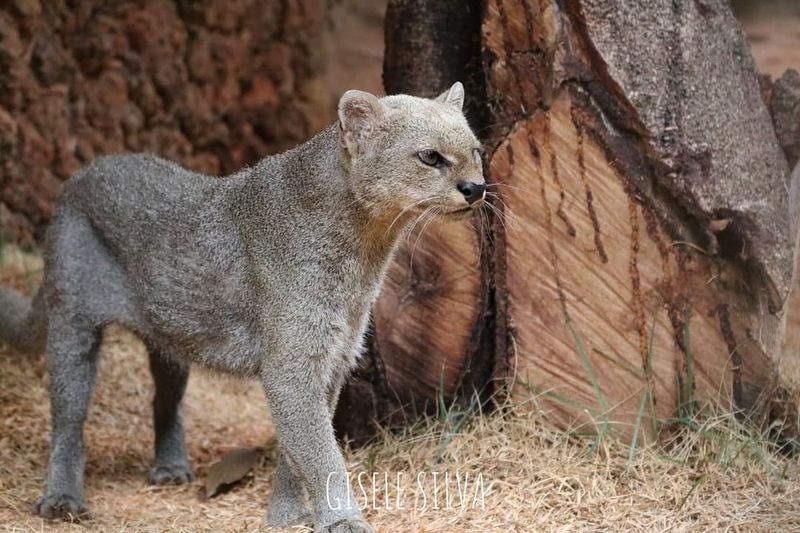
If you thought climbing trees was just for the big cats, think again. The jaguarundi is an agile climber, showcasing skills that rival even the most adept of its larger cousins. With powerful limbs and a flexible spine, this feline navigates the treetops with ease, transforming the forest into its personal playground.
This climbing prowess isn’t just for show. It serves a crucial purpose in the jaguarundi’s survival strategy. By ascending the trees, it gains an advantage over potential prey, using height to survey the landscape and plan its next move. This arboreal advantage provides a unique perspective, enhancing its hunting capabilities and offering a safe haven from ground-based threats.
Witnessing a jaguarundi in action is like watching a natural acrobat, each movement precise and purposeful. Its ability to climb not only reflects its physical prowess but also its strategic brilliance, marking it as one of nature’s most versatile predators.
9. Survival Challenges
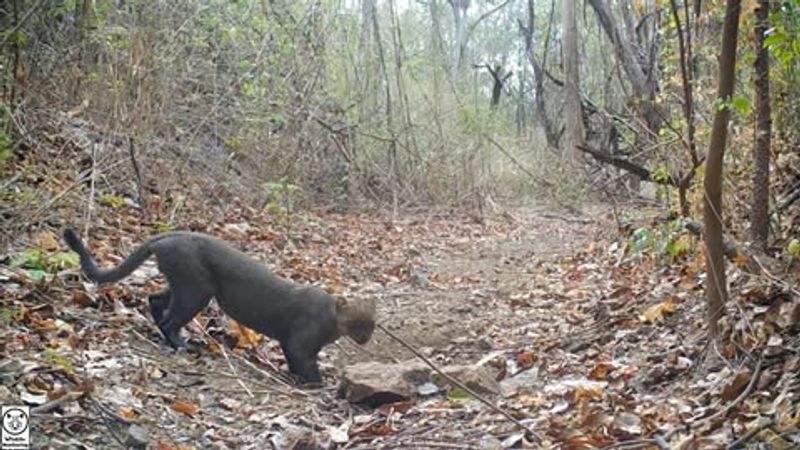
Life in the wild is fraught with challenges, and the jaguarundi is no stranger to adversity. Habitat encroachment and environmental changes pose significant threats to its survival. As human development expands, the jaguarundi’s natural home shrinks, leaving it to navigate a world in flux.
This struggle is further compounded by climate change, which affects the availability of prey and suitable habitats. The jaguarundi must adapt quickly, constantly on the move to find the resources it needs to survive.
Despite these challenges, the jaguarundi remains a resilient creature. Its adaptability and resourcefulness allow it to face these trials head-on, showcasing the tenacity and spirit that define its existence. These survival challenges are a stark reminder of the delicate balance between nature and human progress, urging us to consider the impacts of our actions on the world around us.
10. Conservation Efforts
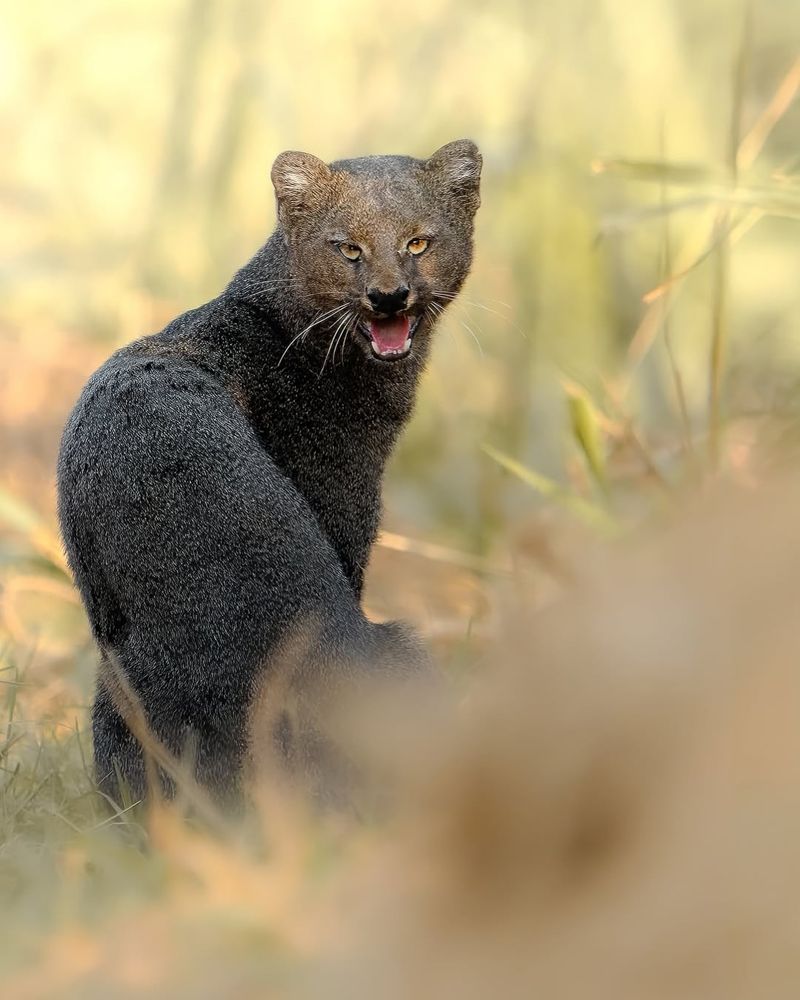
Amidst the challenges, glimmers of hope emerge in the form of conservation efforts aimed at protecting the jaguarundi. Across its range, various initiatives work tirelessly to preserve this enigmatic feline’s habitat and ensure its continued survival.
Protected reserves and national parks offer safe havens where the jaguarundi can thrive away from the threats of urban expansion. These sanctuaries not only protect the jaguarundi but also support the entire ecosystem, highlighting the interconnectedness of species and the importance of biodiversity.
Conservation efforts extend beyond borders, uniting scientists, local communities, and governments in a common cause. Each step taken towards preservation is a victory for the jaguarundi and the natural world it inhabits. These efforts remind us of the power of collaboration and the responsibility we share in safeguarding our planet’s remarkable inhabitants.
11. Possible Colors Of Jaguarundi
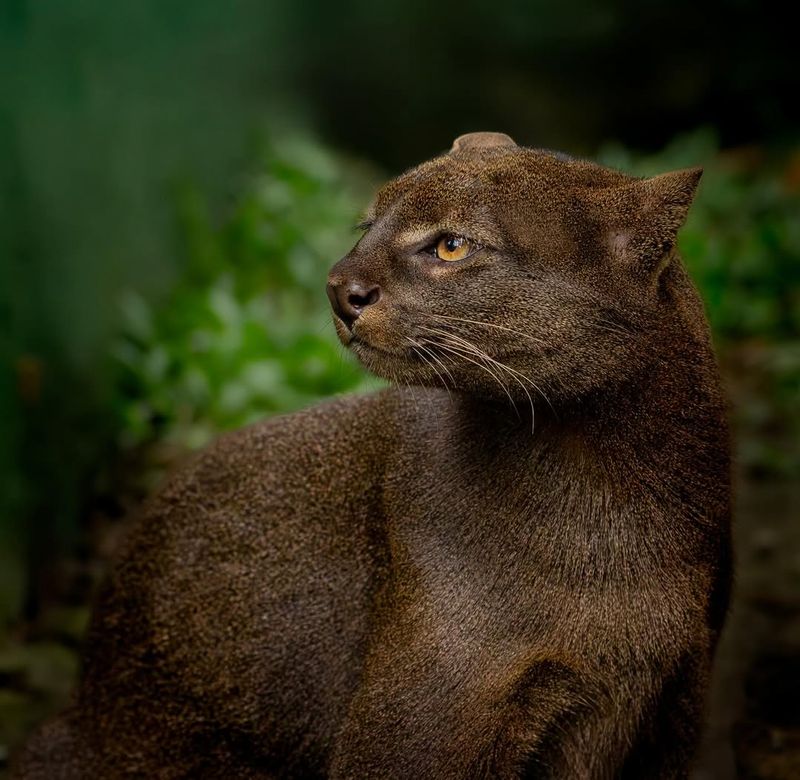
The jaguarundi dons an impressive range of coat colors, from deep black to warm reddish-brown and even silvery gray.
This color variation helps them blend seamlessly into diverse environments. In one moment, you might spot a dark jaguarundi disappearing into the shadows, while a reddish counterpart basks in sunlit foliage.
The gray ones, with their subtle hues, may seem like mere whispers of the forest. These color adaptations not only aid in camouflage but also add a dash of mystery to this elusive feline. Observing them is an exercise in patience, rewarded by brief, enchanting glimpses.


